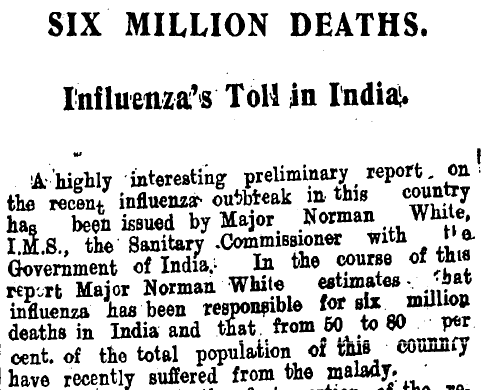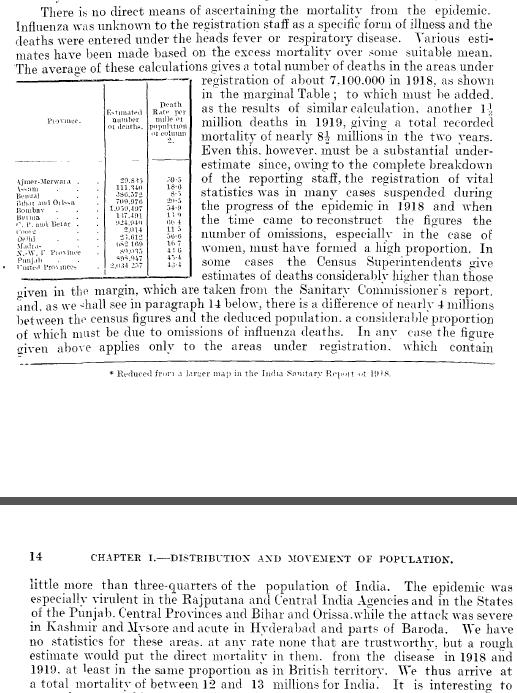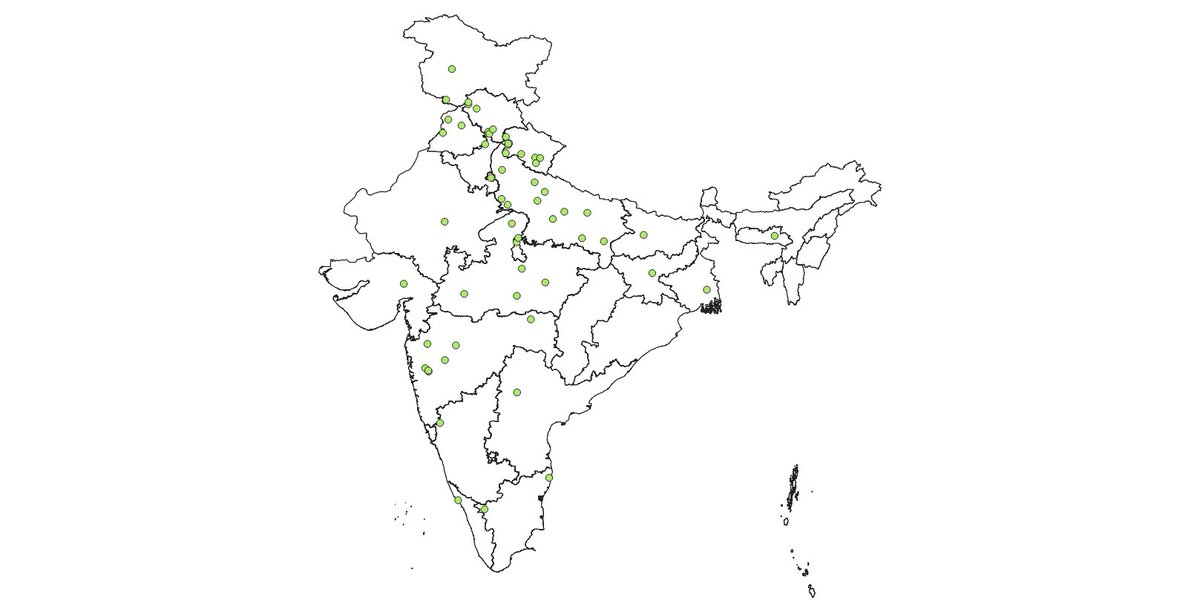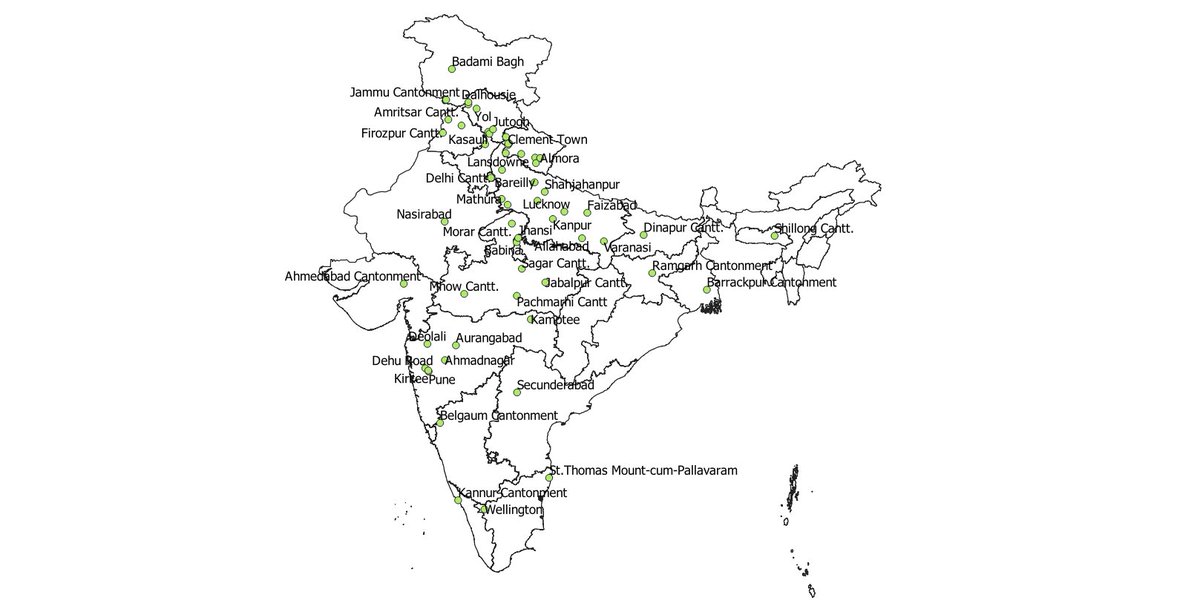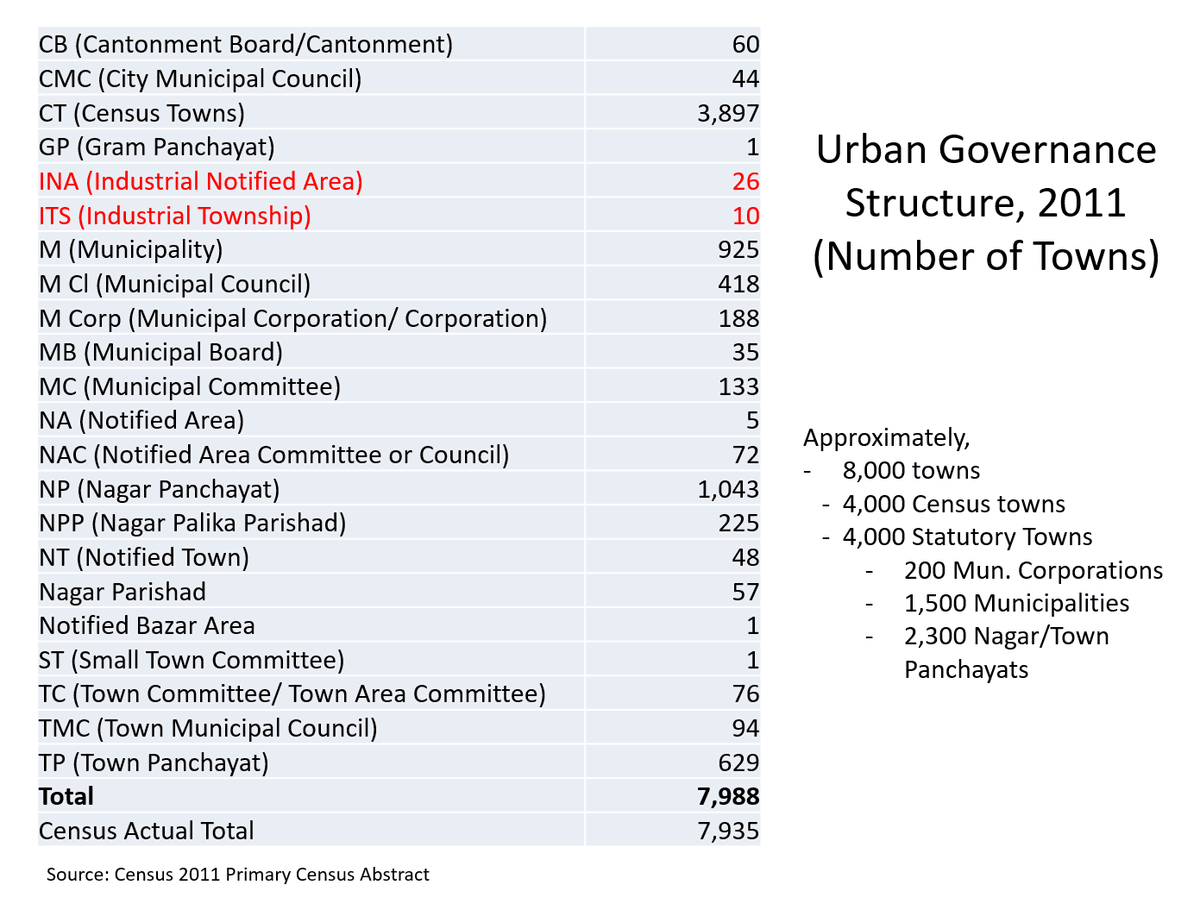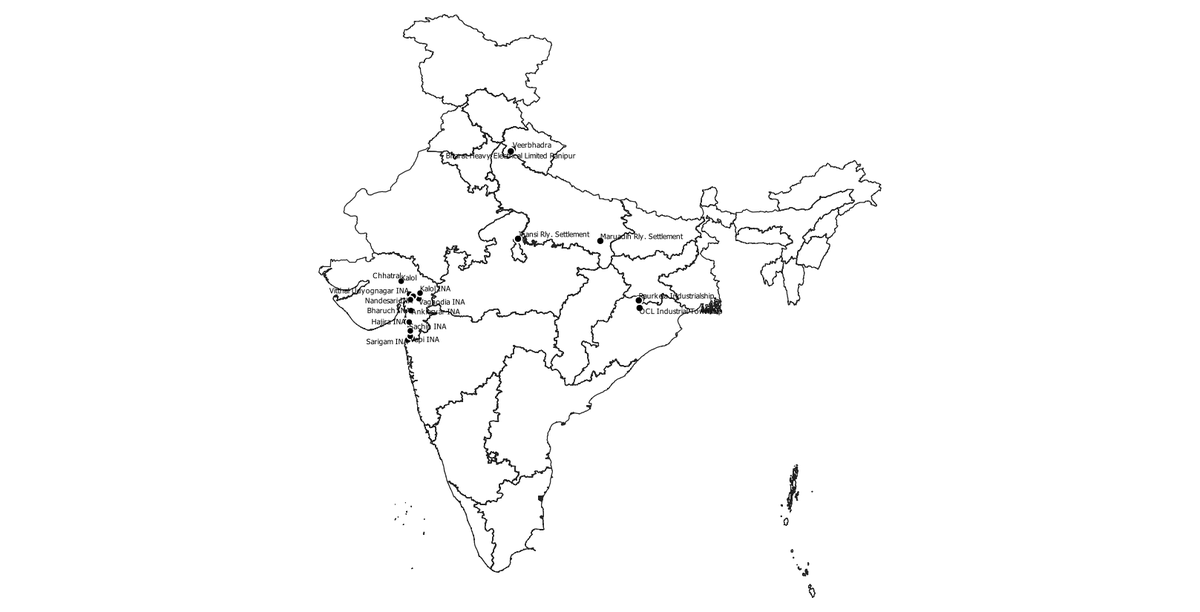
My article in the Indian Express today.
Places the potential Covid death under-reporting factor in Gujarat for April 1-May 10, 2021, at 11.
Unfortunately, high chance of 1 Million+ Deaths in India in second wave.
Twitter thread on method (1/n).
indianexpress.com/article/opinio…
Places the potential Covid death under-reporting factor in Gujarat for April 1-May 10, 2021, at 11.
Unfortunately, high chance of 1 Million+ Deaths in India in second wave.
Twitter thread on method (1/n).
indianexpress.com/article/opinio…
@Divya_Bhaskar @DevendraBhatn10 broke story on May 14, showing a death under-reporting factor of 16 for March1-May10, using 2020 as the reference.
I use April1-May10, 2019 as the reference and project for 2021 using 2017-19 growth rates and get under-reporting factor of 11.
I use April1-May10, 2019 as the reference and project for 2021 using 2017-19 growth rates and get under-reporting factor of 11.
To see this, let's start with Ahmedabad Municipal Corporation. Excess mortality of 3K+ over 748 reported Covid deaths for Apr1-May10 (40 days) gets you an under-reporting factor of over 4. That's bad but wait till you see Rajkot. 

Rajkot saw excess mortality of around 8K over 267 reported Covid deaths in this period or an under-reporting factor of 30! 

Here's a summary of the 8 municipal corporations of Gujarat where death registration is near-complete and for all-Gujarat as well. Ahmedabad and Rajkot are similar on reported Covid deaths per capita but Rajkot is 10 TIMES higher than Ahmedabad on excess mortality per capita. 

This is in tune with crematorium data in Rajkot (where several new crematorium grounds were opened) as recounted by @deepakpatel_91 almost on a daily basis. Rajkot has one-third less Covid bed capacity than similar-sized Vadodara, providing some clues.
https://twitter.com/deepakpatel_91/status/1389802031364333568?lang=en
The numbers reported by @Divya_Bhaskar are in tune with the daily updates given by @deepakpatel_91, scanning the local press on Covid patients dying but not counted as Covid-dead. This is just a snapshot summary table from his Twitter posts for 3 days in the past week. 

Back to the key table: Excess mortality per capita seems to worsen with smaller settlement sizes. It appears to have little relation with reported covid-mortality or covid-caseload per capita. 

Jamnagar is one exception since it shows high reported Covid caseload and deathload per capita but lower excess mortality per capita, presumably because of relatively better reporting.
The Gujarat numbers are significant because they cover a reasonably large state which has near-complete death registration statistics. Under-reporting factors will vary wave to wave and place to place.
In the first wave, we have the data for BMC (Mumbai) which shows an under-reporting factor of 1.6-2 (see work of @muradbanaji). About 20K excess deaths in 2020 vs. 11K reported Covid deaths. 

Its quite likely that BMC (Mumbai) has one of the best reporting in India on deaths.
Digression: I mean they were doing this in 1916 during the plague pandemic.
(courtesy @bombayologist Instagram page, courtesy Central Archives Cell, BMC).
Digression: I mean they were doing this in 1916 during the plague pandemic.
(courtesy @bombayologist Instagram page, courtesy Central Archives Cell, BMC).

2020 also saw a more stringent national lockdown that cut down deaths due to accidents and some other causes. Some places also witnessed declines in overall deaths in 2020 compared to earlier years. Rural areas were much less affected by Covid in 2020 than in 2021.
Anand Krishna estimates under-reporting factor of 1.8-4 for Faridabad in Haryana in 2020.
thehindu.com/opinion/lead/c…
Overall, all-India under-reporting for first wave is likely to exceed 2 but maybe not 5. That was for around 150K reported Covid deaths.
thehindu.com/opinion/lead/c…
Overall, all-India under-reporting for first wave is likely to exceed 2 but maybe not 5. That was for around 150K reported Covid deaths.
But with the value of 11 for Gujarat in the core period of the second wave, with similar stories coming from Uttar Pradesh, Madhya Pradesh, Rajasthan (see news clips below) and many other states, under-reporting factor is going to be much higher. 





India reported around 150K Covid deaths between March 1-May 24 and this number will be in the 200K-300K by the time the second wave recedes. An all-India under-reporting factor of "only" 3-5 takes the second wave death toll past a million.
It will much higher, as will be uncovered by the next Census/SRS, where even rural deaths can be estimated.
My research on the 1918 influenza outbreak in India placed it as 3x i.e. about 20 million deaths instead of the 6 million reported then.
My research on the 1918 influenza outbreak in India placed it as 3x i.e. about 20 million deaths instead of the 6 million reported then.
https://twitter.com/ChinmayTumbe/status/1386621153028939776
Implication 1: Don't compare states on reported Covid cases or deaths per capita because the under-counting factors are going to vary big time in the second wave.
Implication 2: India is likely to be most affected country by Covid deaths in the world. One of the worst affected, even on a per capita basis, in Asia and Africa. And even on a per capita basis, catching up with the USA, Europe (which have a much older population)
Implication 3: Reported Covid numbers may be useful to some extent, but they simply don't tell the scale of the ongoing second wave tragedy. Real-time release of death regd. statistics is a must. Policymakers should take heed from the ancient text-Arthashashtra #TheAgeOfPandemics 

• • •
Missing some Tweet in this thread? You can try to
force a refresh


